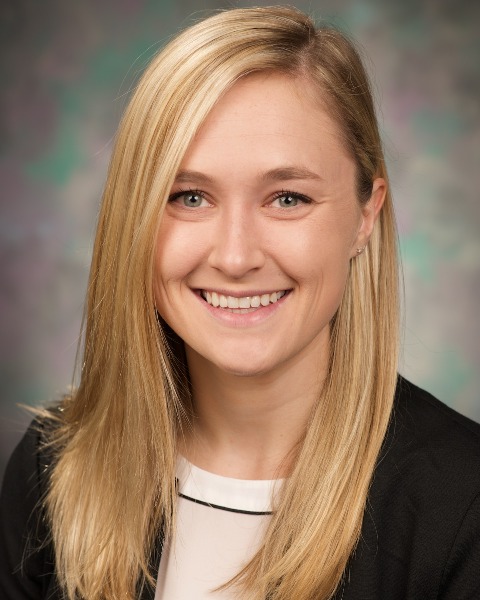Neonatal General
Neonatal General 7: NICU Practices 1
173 - Factors associated with successful neonatal lumbar puncture attempts at a level III & IV NICU
Publication Number: 173.331

Hannah Schumacher, MD (she/her/hers)
Pediatric Resident
American Family Children's Hospital
Madison, Wisconsin, United States
Presenting Author(s)
Background:
Lumbar puncture (LP) is frequently performed in neonates, commonly as part of the work-up for meningitis and neonatal seizures. As we create a curriculum to teach providers about using point of care ultrasound (POCUS) to perform LP, we wanted to better understand the factors associated with an increased likelihood of a successful LP attempt.
Objective: To evaluate factors associated with a successful neonatal LP attempt in a level III and IV Neonatal Intensive Care Unit (NICU).
Design/Methods: A retrospective chart review was performed in all neonates who underwent a LP in a level III NICU from 2015-2022 and a level IV NICU from 2014-2022. IRB exemption was obtained. Successful LP was defined as any amount of CSF obtained during LP attempt. Categorical data were summarized using frequencies and percentages with continuous characteristics described using the median and inter-quartile range. Logistic regression was used to determine whether explanatory factors (e.g., PMA, weight at time of LP, and indication for LP) were associated with odds of a successful LP. Regression models utilized cluster-robust standard errors for hypothesis testing and confidence interval estimation to account for the same neonate undergoing multiple LP attempts. Ordinal outcomes (e.g., number of attempts/professionals to complete the LP, level of expertise of professional when final LP completed) were compared between groups using a Wilcoxon rank-sum test that was adjusted to account for clustering.
Results: 165 LP attempts on 146 neonates were reviewed. The majority of LP attempts were performed on patients with a post-menstrual age (PMA) > 35 weeks (64.2%). Predominant reason for LP was as part of an infectious evaluation (81%), followed by evaluation for seizure etiology (15%). The majority of LP attempts were successful (82%). No differences in successful LP rates were noted between the PMA (< 29, 29-35, or >35 weeks) of the neonate (p=0.93), weight (< 1, 1-1.5, 1.5-2.5, 2.5-4, >4kg) at the time of LP (p=0.63), or indication for LP (p=0.32). Success rates were increased if only one attempt was made (p< 0.001), one provider tried (p=0.03), or if the procedure was attempted by a pediatric resident or neonatology fellow (p=0.009).
Conclusion(s): Neonatal factors were not associated with differences in successful LP attempts. Pediatric residents and neonatology fellows were more often successful in their LP attempts, though that is likely related to the fact that these individuals were often the 1st to make an attempt on a neonatal patient.
